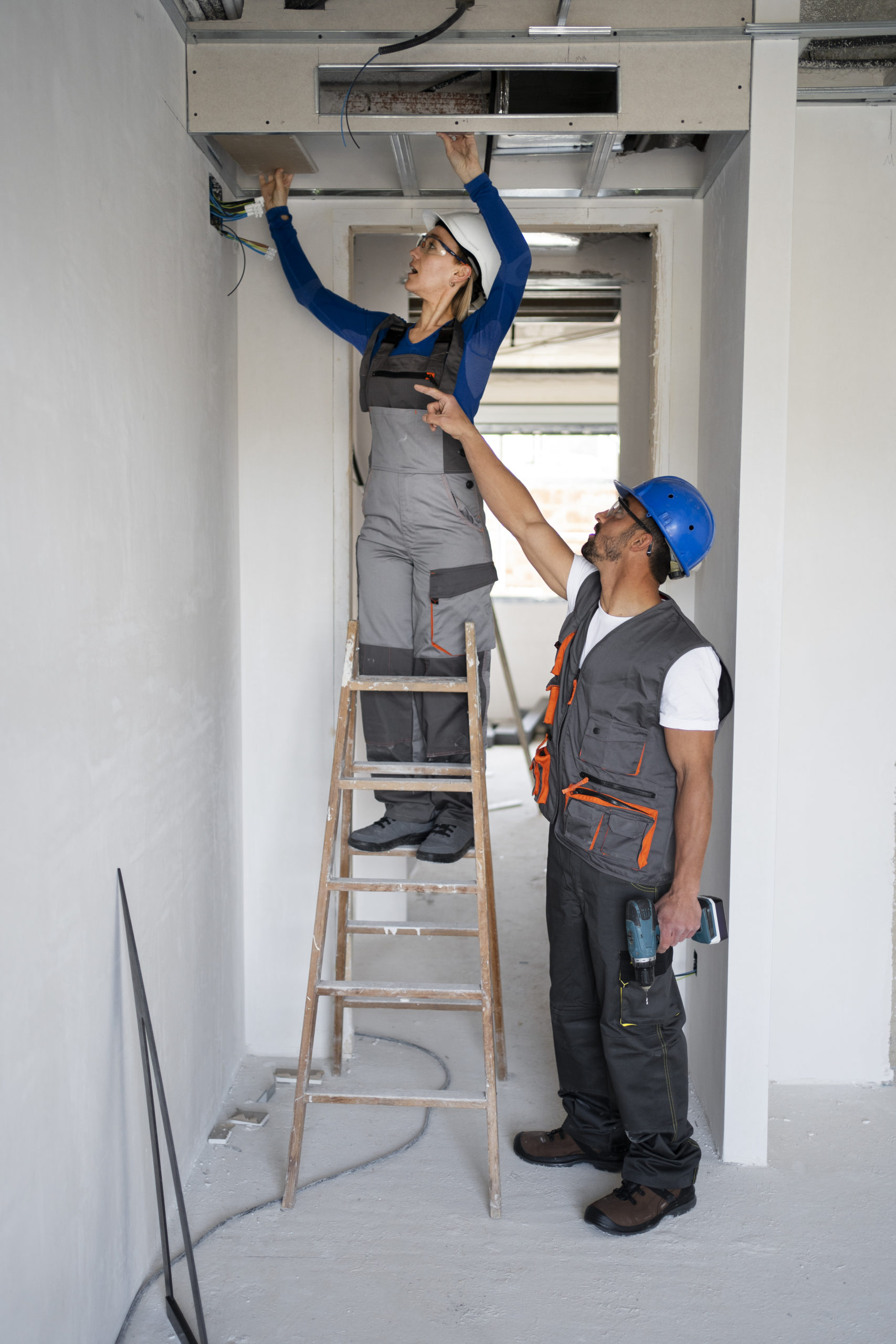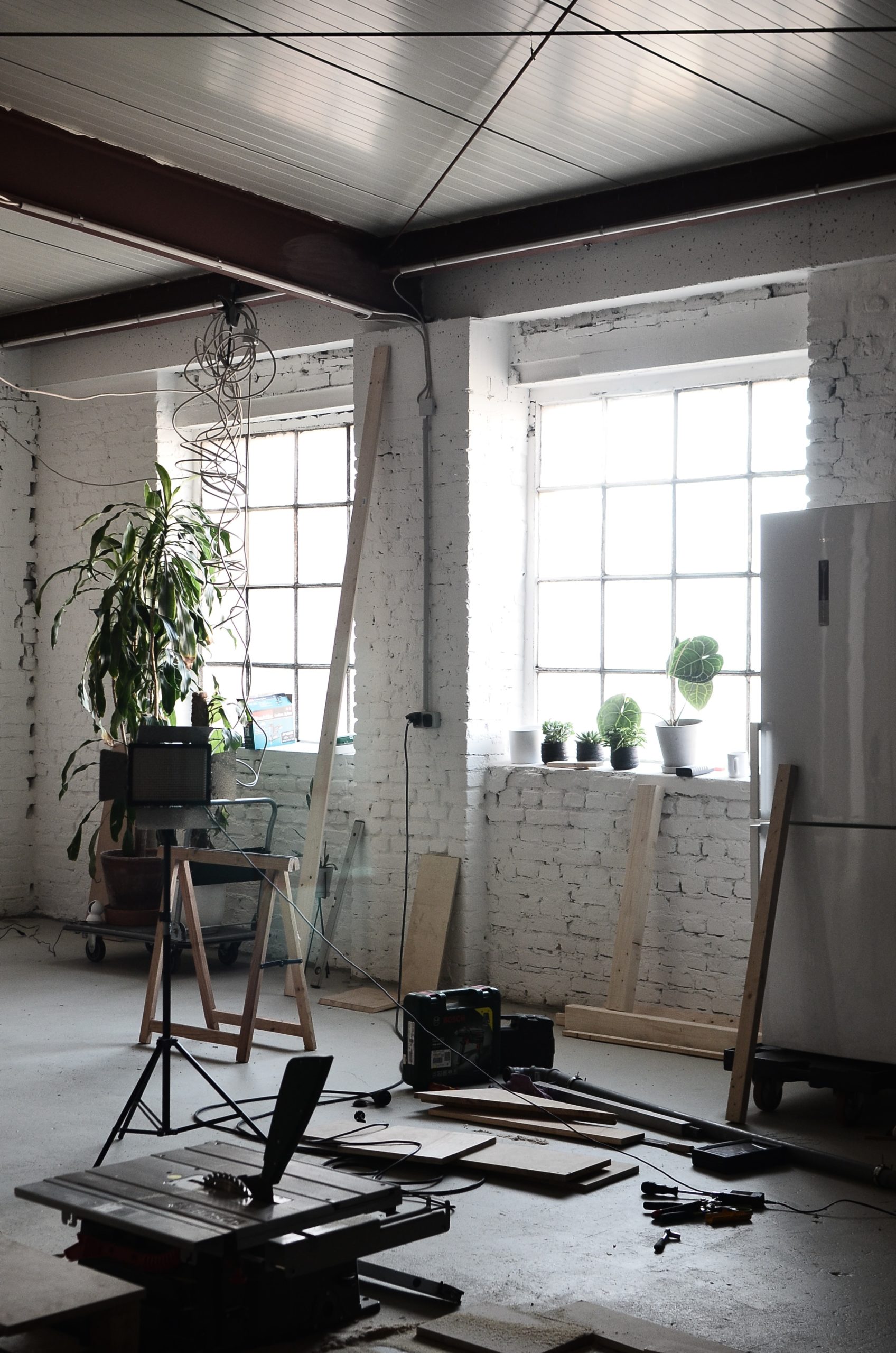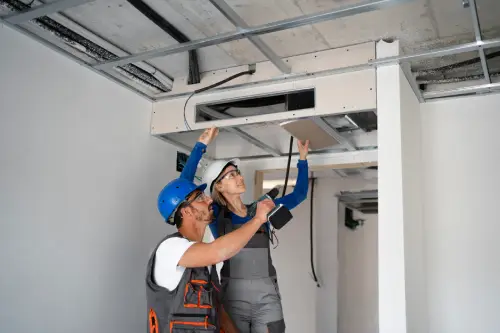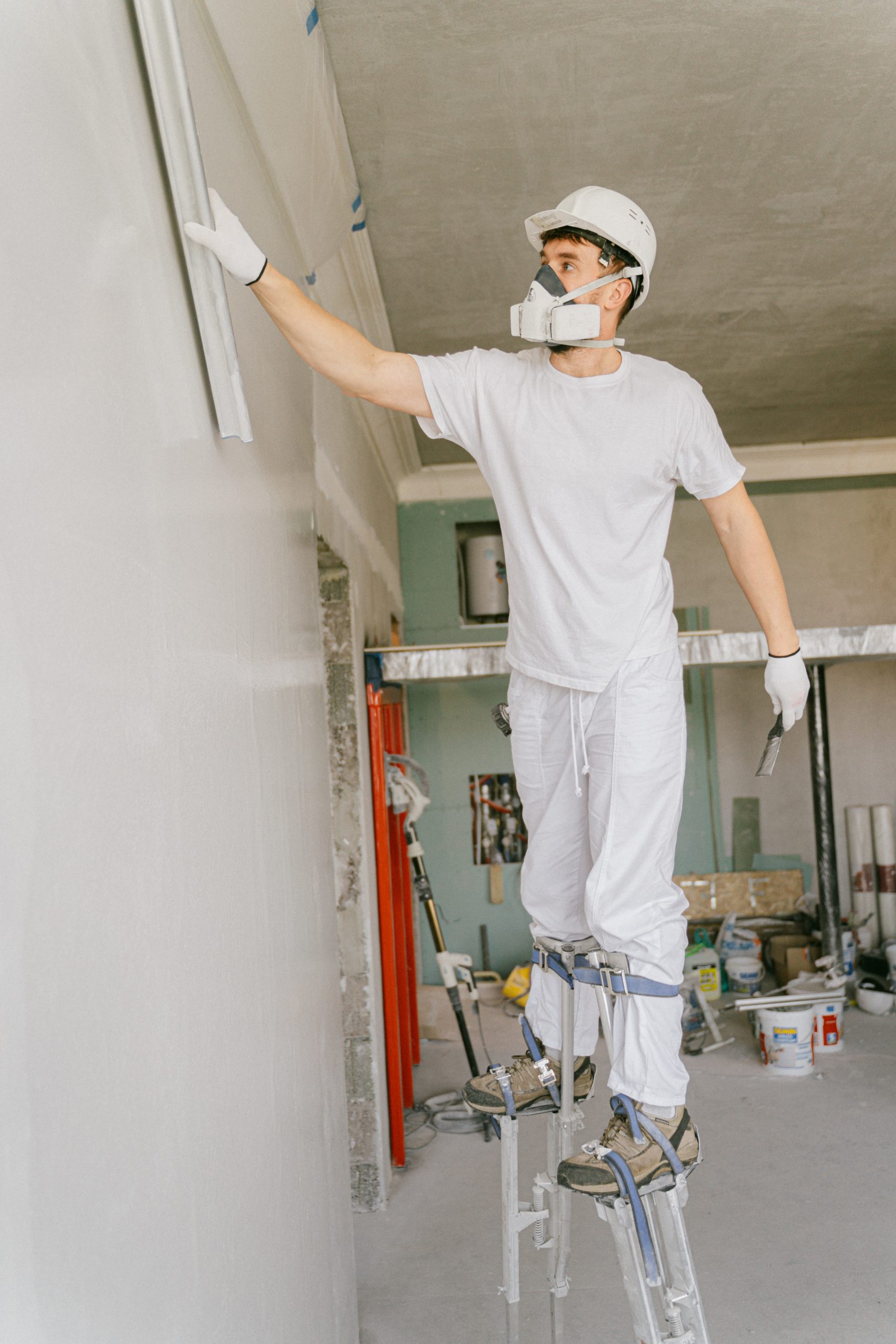Walking through the corridors of history, historic homes carry a sense of nostalgia and a story that spans generations. However, as time passes, the needs of homeowners change, and the challenge emerges: How can we seamlessly blend the charm of yesteryears with the functionality and comfort expected in today’s living spaces? The answer lies in the art of renovating historic homes for contemporary living. In this guide, we’ll explore the delicate balance between preserving the character of historic homes while integrating modern amenities to create dwellings that honor the past and cater to the needs of the present.
Understanding the Value of Historic Homes
Historic homes are treasures that connect us to a bygone era, reflecting architectural styles, craftsmanship, and cultural influences of their time. Renovating these homes involves a unique responsibility: to honor their historical significance while enhancing their functionality for modern living.
Challenges in Historic Home Renovation
Historic home renovation presents a set of challenges distinct from those faced in new construction:
Preservation of Historical Integrity:
Striking a balance between preservation and renovation requires careful consideration. Historical details such as intricate moldings, original flooring, and ornate facades should be preserved whenever possible.
Structural Modifications:
Adapting older structures to modern standards often involves structural upgrades to ensure stability, safety, and compliance with building codes.
Modern Comfort and Amenities:
Incorporating modern amenities like updated plumbing, electrical systems, and HVAC without compromising the historical ambiance is a complex task.
Energy Efficiency:
Achieving energy efficiency while maintaining the original appearance and materials presents a challenge due to the differences in construction methods.
Guiding Principles for Successful Renovation
Respectful Restoration:
Preserve historical elements that define the character of the home, such as original doors, windows, and decorative features. Skilled craftsmen can restore these elements to their former glory.
Seamless Integration:
Modern amenities should blend seamlessly with the historic surroundings. Concealing modern appliances behind cabinetry and integrating lighting systems discreetly can maintain the historical ambiance.
Adaptive Layouts:
Create layouts that suit contemporary lifestyles while respecting the original flow of the home. Open-concept living areas, updated kitchens, and ensuite bathrooms can be strategically integrated.
Thoughtful Material Selection:
Choose materials that mimic the original appearance while offering modern durability. Reclaimed wood, period-appropriate tiles, and vintage-inspired fixtures strike the balance.
Energy-Efficient Upgrades:
Incorporate energy-efficient windows, insulation, and heating systems that comply with modern standards without altering the historic facade.
Consult Historic Preservation Experts:
Engage professionals experienced in historic preservation to ensure that renovation decisions align with historical accuracy and integrity.
Benefits of Blending Old and New
Preserving History:
Retaining historical elements honors the past and contributes to the character of the community.
Enhancing Value:
Properly renovated historic homes are often appreciated, reflecting their unique charm and attention to detail.
Sense of Place:
Renovated historic homes provide a sense of connection to the past, fostering a unique sense of place for homeowners.
Sustainability:
Preserving existing structures reduces the environmental impact associated with new construction.
Case Study: The Transformation of a Historic Victorian Home
Imagine a Victorian-era home with intricate woodwork, ornate stained glass windows, and a wraparound porch. Renovating this gem involved restoring the exterior details while upgrading the interior with a modern kitchen, spa-like bathrooms, and energy-efficient windows. The original charm was preserved, while the home was equipped to meet the needs of contemporary living.
Conclusion
Renovating historic homes for contemporary living is a delicate dance between honoring the past and embracing the future. It’s about preserving the soul of a house while enhancing its functionality. Through respectful restoration, seamless integration of modern amenities, adaptive layouts, thoughtful material selection, and expert guidance, historic homes can be transformed into spaces that pay homage to their heritage while offering comfort, convenience, and sustainability for generations to come. Each renovation becomes a testament to the enduring beauty and resilience of both the past and the present.




